Why are digital converters the most important part of your studio?
There is a wealth of information about digital converters available online, but only a small portion contains practical knowledge that you can use to your benefit. We’re going to take a closer look at AD/DA conversion and find out more about why it’s so crucial in the recording process.
We’ll discuss some key aspects of conversion within the context of your audio workflow and include some resources for those who want to delve deeper into the theoretical background from the perspective of data encoding or electronics.
Where do we use digital converters?
In high-end professional studios, engineers often make use of multiple converters for different tasks and workflows. In some cases, they might use a separate multichannel AD converter for tracking, another multichannel DA converter for mixing, a stereo DA converter for monitoring, and a further stereo AD converter for printing mixes.
However, most of us work almost entirely in the box and have only ever used conversion stages out of pure necessity. As great as the audio quality is of current DAWs and plug-ins, if you’re looking to incorporate outboard gear into your workflow then the quality of your AD/DA conversion stages matters.
Resolution and Sample Rate
Converter resolution determines the dynamic range of the signal being digitized. We refer to this in bits at the smallest incremental voltage that can be recognized from any changes in the output signal.
The sample rate of a digital system is the measurement of samples per second. If you’re using several digital devices with your DAW, one of these must act as the master clock to send sync to the rest of the chain and ensure the sample rates are aligned.
Although most audio interfaces are equipped with internal clocking, you’ll require one with BNC and a digital port (see Digital formats and protocols) to expand your system with more channels.

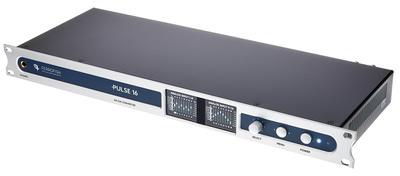
Clocking and Jitter
While you can sync multiple devices to a single sample rate, only one can act as the master clock at any given time. Some devices offer more stable clocking than others, so use this to your advantage to get the best results.
Another aspect of digital clocking to consider with converters is Jitter. The higher the sample rate you’re working at, the more potential there is for sync errors to creep in between the devices in the clocking chain.
High-end converters offer extremely stable clocking solutions with ultra-low Jitter, enabling high-res conversion without the potential of the devices in the chain going out of sync.

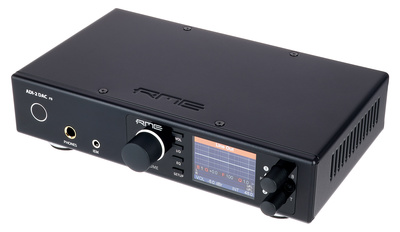
Digital formats and protocols
Converters come in all shapes and sizes. From stereo to multichannel systems, they are designed for different purposes. Let’s take a quick look at some of the available formats you’ll find and what they’re used for:
- PCIe – these cards are installed inside your PC or external desktop casing
- BNC – Word clock I/O is used to sync the sample rates between digital devices
- AES3 – AES/EBU generally uses a specialized XLR cable to carry two channels of digital audio at up to 24-bit
- S/PDIF – Carries two channels of uncompressed audio via coaxial (RCA or BNC connectors) or fiber optic cable (TOSLINK)
- ADAT – Carries up to 8 channels of uncompressed audio via Lightpipe (TOSLINK)
- MADI – Supports digital audio transfer via a coaxial or fiber-optic cable of 28, 56, 32, or 64 channels at 96 kHz and beyond
- Dante – Delivers 24 and 32-bit multichannel audio at up to 192 kHz via ethernet
Buying AD/DA converters
A tip to remember when researching AD/DA converters and audio interfaces is that the best options are generally produced by specialist manufacturers. Brands like Apogee, RME, Ferrofish, Metric Halo, Lynx, Antelope Audio, Benchmark, Lavry, Merging Technologies, Prism, and Burl are mostly known for producing quality AD/DA converters rather than other audio equipment.
That’s not to say you can’t get great solutions from Avid, SSL, Neve, Crane Song, Rupert Neve Designs, Universal Audio, or Focusrite. However, companies that specialize in converter technology generally offer better support, firmware/drivers, integration, and compatibility. This is because they have years of R&D and market experience behind them as opposed to those with recently diversified product ranges.
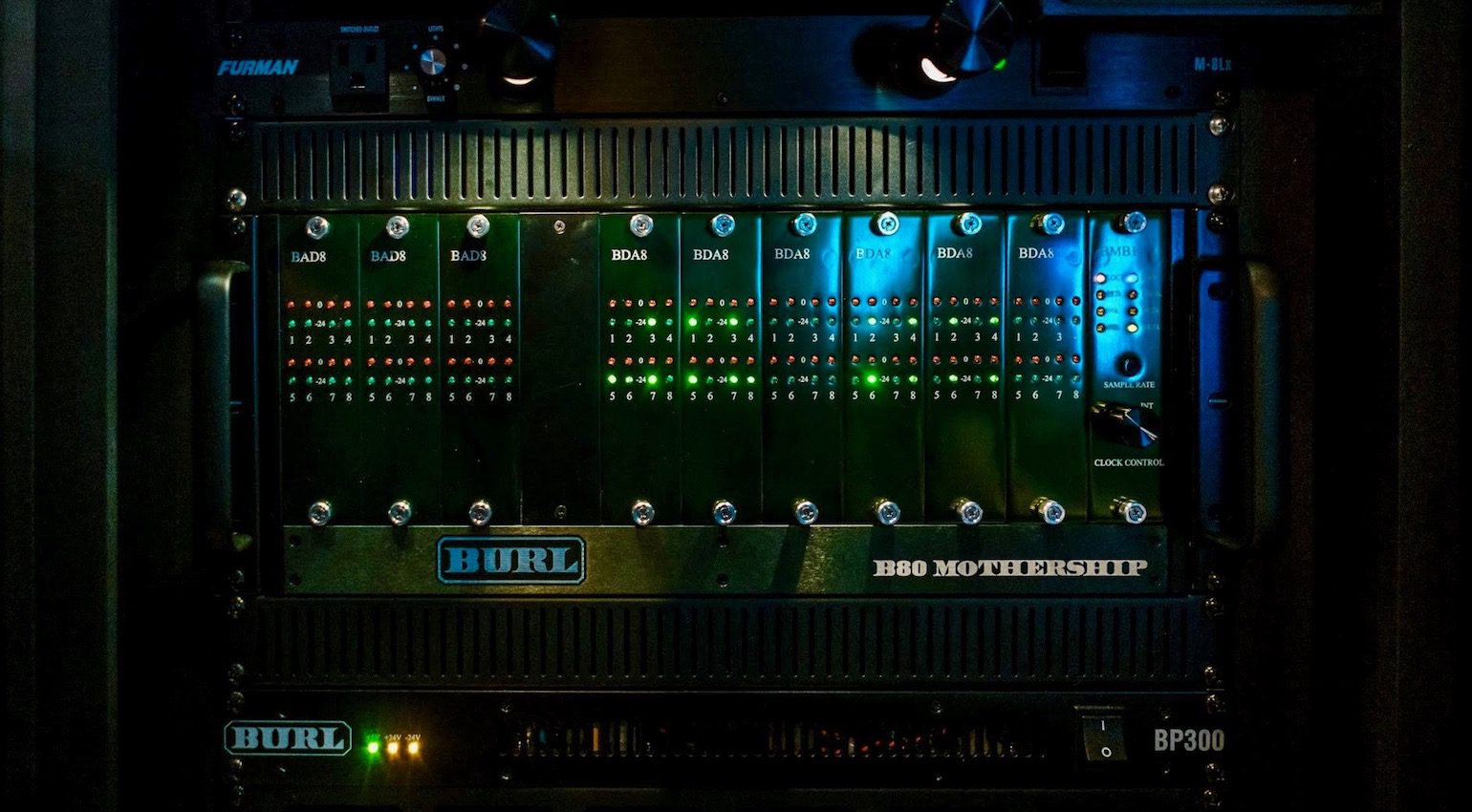
A high-end modular AD/DA rig at Haxton Road Studios · Source: Scott C Wood
How do you use AD/DA conversion creatively in your workflow? Please let us know in the comments below!

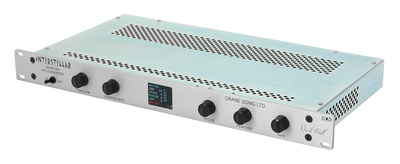
More about digital converters:
- The history of AD/DA converters
- All about converters
Videos:
You are currently viewing a placeholder content from YouTube. To access the actual content, click the button below. Please note that doing so will share data with third-party providers.
You are currently viewing a placeholder content from YouTube. To access the actual content, click the button below. Please note that doing so will share data with third-party providers.
You are currently viewing a placeholder content from YouTube. To access the actual content, click the button below. Please note that doing so will share data with third-party providers.
You are currently viewing a placeholder content from YouTube. To access the actual content, click the button below. Please note that doing so will share data with third-party providers.
*Note: This article contains affiliate links that help us fund our site. Don’t worry: the price for you always stays the same! If you buy something through these links, we will receive a small commission. Thank you for your support!
4 responses to “Why are digital converters the most important part of your studio?”

 3,6 / 5,0 |
3,6 / 5,0 | 



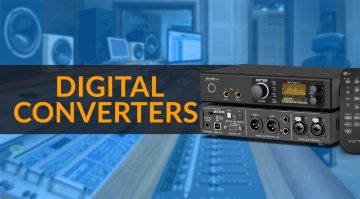


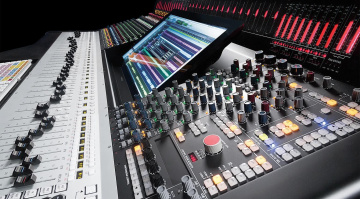
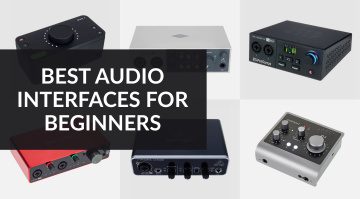


In a way they are… but it’s also the component with the worst improvement per dollar in the entire studio.
Entry level converters are perfectly capable, and beginners/intermediate user shouldn’t spend thousands of dollars on a new one. They just won’t notice any difference
Yes basically get a decent sound interface and if you can afford it an RME. After that you’ll be set for a while before needing discrete converters
nice Article
Apogee’s Symphony MKII, is probably the best option for an all in one solution. new interfaces and ad/da converters still spec below it almost 10 years later